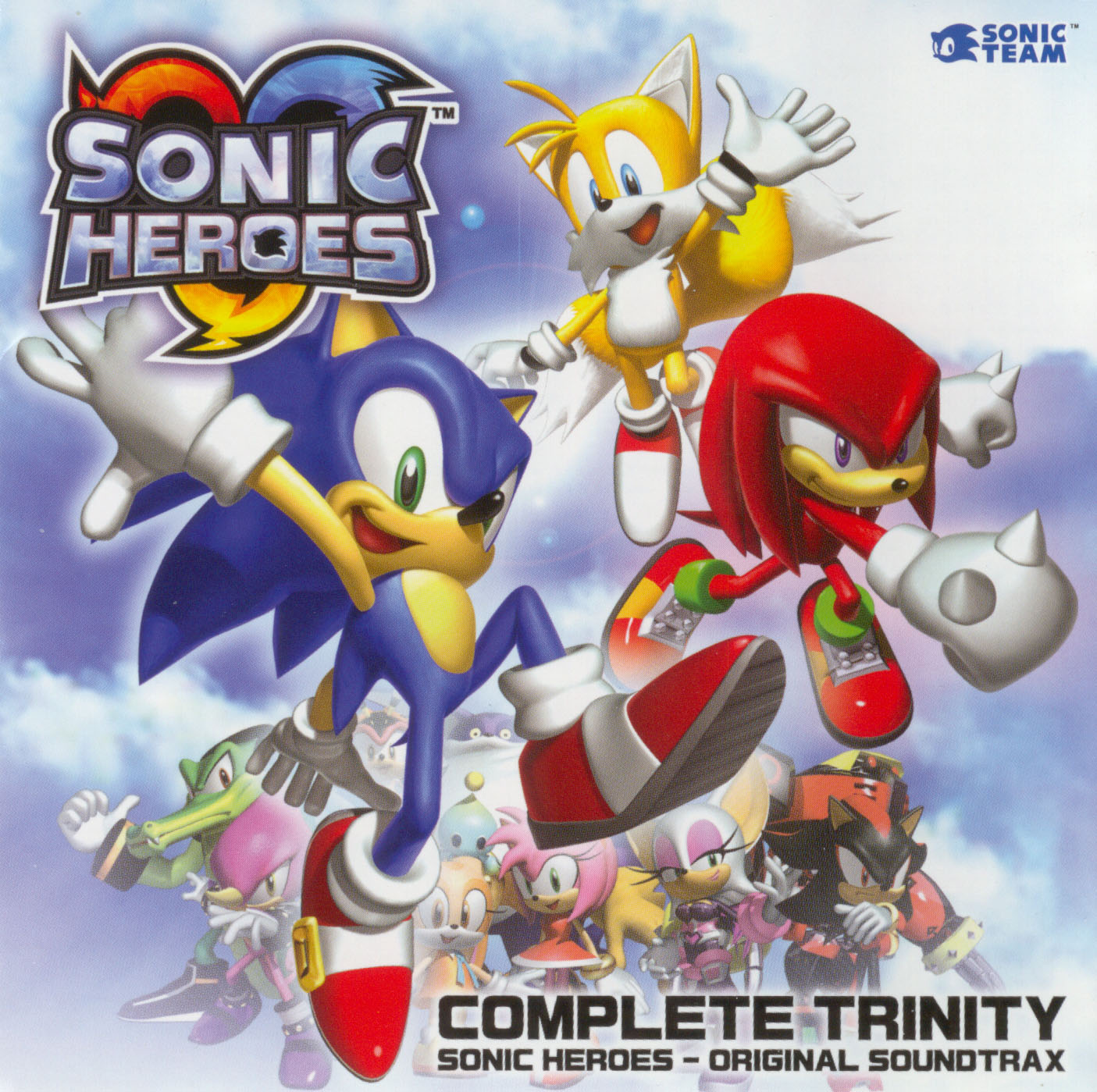
#LET'S PLAY SONIC HEROES EPISODE 8 UPDATE#
On the other hand, your friend (Critic) will also update their own way to provide feedback so it can be better next time.Īs we can see, the idea of Actor Critic is to have two neural networks. Learning from this feedback, you’ll update your policy and be better at playing that game. The Critic observes your action and provides feedback.
#LET'S PLAY SONIC HEROES EPISODE 8 HOW TO#
You’re the Actor and your friend is the Critic.Īt the beginning, you don’t know how to play, so you try some action randomly. Imagine you play a video game with a friend that provides you some feedback. This value function replaces the reward function in policy gradient that calculates the rewards only at the end of the episode. Instead, we need to train a Critic model that approximates the value function (remember that value function calculates what is the maximum expected future reward given a state and an action). Instead of waiting until the end of the episode as we do in Monte Carlo REINFORCE, we make an update at each step (TD Learning).īecause we do an update at each time step, we can’t use the total rewards R(t). The Actor Critic model is a better score function. What if, instead, we can do an update at each time step? Introducing Actor Critic This produces slow learning, because it takes a lot of time to converge. We may conclude that if we have a high reward ( R(t)), all actions that we took were good, even if some were really bad.Īs we can see in this example, even if A3 was a bad action (led to negative rewards), all the actions will be averaged as good because the total reward was important.Īs a consequence, to have an optimal policy, we need a lot of samples. We are in a situation of Monte Carlo, waiting until the end of episode to calculate the reward. The Policy Gradient method has a big problem. The quest for a better learning model The problem with Policy Gradients PPO is based on Advantage Actor Critic.Īnd you’ll implement an Advantage Actor Critic (A2C) agent that learns to play Sonic the Hedgehog! Excerpt of our agent playing Sonic after 10h of training on GPU. Mastering this architecture is essential to understanding state of the art algorithms such as Proximal Policy Optimization (aka PPO).

We use total rewards of the episode.īut both of these methods have big drawbacks. The main problem is finding a good score function to compute how good a policy is.

This is useful when the action space is continuous or stochastic. Policy based methods (REINFORCE with Policy Gradients): where we directly optimize the policy without using a value function.This works well when you have a finite set of actions. Thanks to these methods, we find the best action to take for each state - the action with the biggest value.



 0 kommentar(er)
0 kommentar(er)
